The Northern Cross is a prominent asterism located in the northern celestial hemisphere. It is comprised out of the brightest stars in the constellation of Cygnus.
Key Facts & Summary
- The Northern Cross asterism is often confused with the whole constellation of Cygnus since it is made up of the brightest stars of this constellation.
- The stars forming the Northern Cross asterism are Deneb, the brightest star in the constellation, Aljanah, Delta Cygni, Sadr, and Albireo.
- The head of the cross, Deneb, is also part of another famous asterism, the Summer Triangle.
- The best time to observe this asterism is during the summer months when it is high overhead for observers in the northern latitudes, and it can also be seen during spring in the early morning to the East.
- In autumn, the Northern Cross asterism is visible in the evenings to the West until November.
- The Northern Cross never dips below the horizon at or above 45o north latitude.
- From the southern hemisphere, the Northern Cross appears upside down and low in the sky during the winter months.
- The brightest star, Deneb, has an apparent magnitude of 1.25, being the 19th brightest star in the night sky. Next in line in terms of brightness is Sadr at magnitude 2.23, followed by Aljanah, at magnitude 2.48, Delta Cygni at magnitude 2.87, and the faintest star is Albireo, at magnitude 3.18.
- Deneb isn’t just the brightest star in the Northern Cross asterism, it is also the farthest star to Earth from this asterism, located at 2,615 light-years away. If Deneb would be as close as Aljanah, at 72 light-years, it would be much brighter.
- The Northern Cross asterism lies in the direction of the Milky Way’s disk, and the galactic plane (equator) rungs through the asterism.
- The best way to find the Northern Cross is by first locating Deneb and Albireo.
The Northern Cross asterism is among the most prominent asterisms in the sky. It is often confused with the constellation of Cygnus since it is easier to find, and it contains its brightest stars.
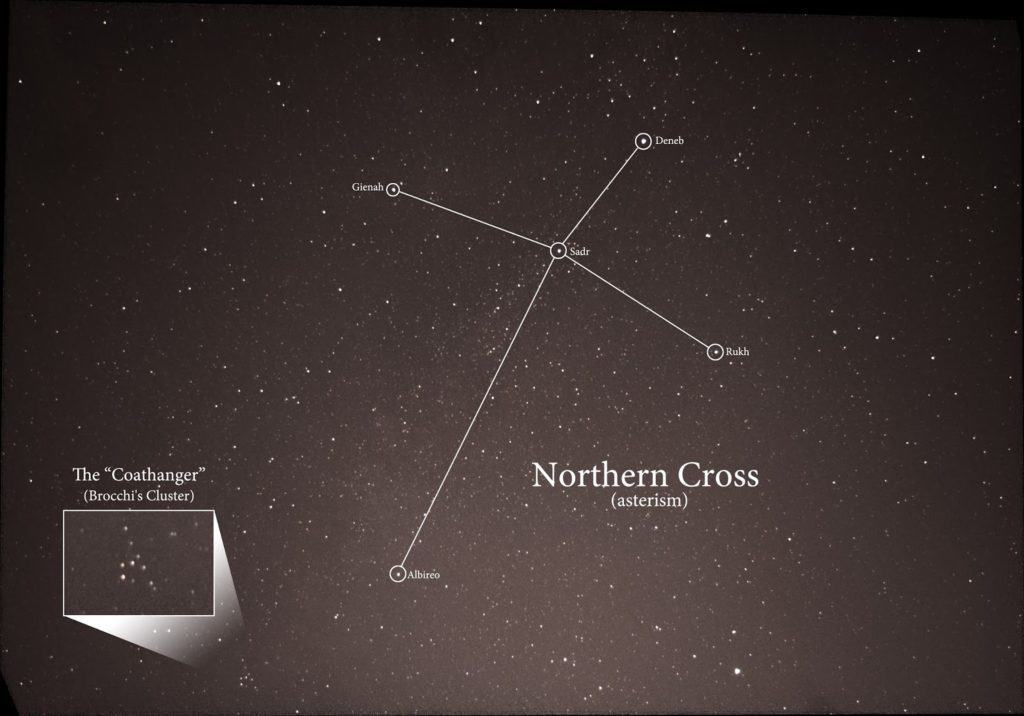
The Northern Cross is much more bigger than the Southern Cross asterism. One of its stars, namely Deneb, is also part of the Summer Triangle asterism, along with Altair and Vega.
Deneb marks one end of the Great Rift in the Milky Way, a series of dark clouds that stretch to the center of our galaxy in Sagittarius constellation in the southern sky.
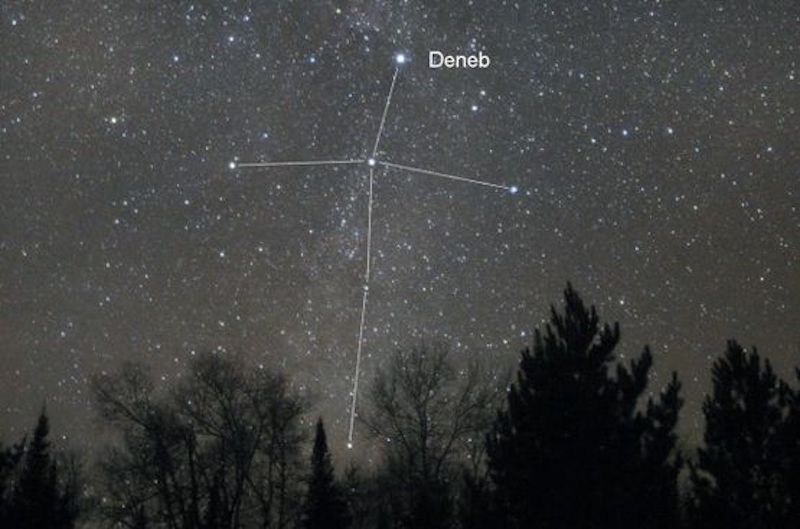
The Northern Cross Stars
The best way to find the Northern Cross asterism is by locating Deneb, the star that marks the celestial Swan’s tail, and then Albireo, the fifth-brightest star in Cygnus. The asterism will then be easy to decipher, and it will be worth it, since the Northern Cross asterism lies in the direction of our galaxies’ disk, and the galactic plane runs through this asterism.
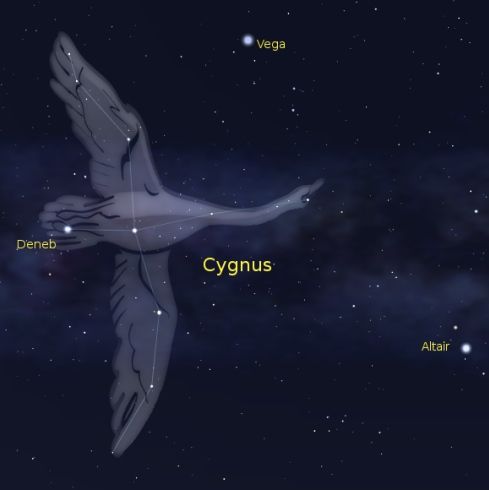
Another great way to find the Northern Cross is by locating the Summer Triangle asterism since the celestial cross is located within it. The stars that make up the Northern Cross are some of the brightest stars in Cygnus, the celestial swan. These stars are Deneb, Aljanah, Delta Cygni, Sadr, and Albireo.
Deneb
Deneb, designated as Alpha Cygni, is the brightest star in the constellation of Cygnus, and the 19th brightest star in the night sky, being the farthest star of the Summer Triangle asterism, located at around 2,615 light-years away.
Deneb is an Alpha Cygni variable star, its brightness varies between magnitude 1.21 to -1.29. Deneb is the third brightest star in the Summer Triangle asterism and the brightest of the Northern Cross asterism.
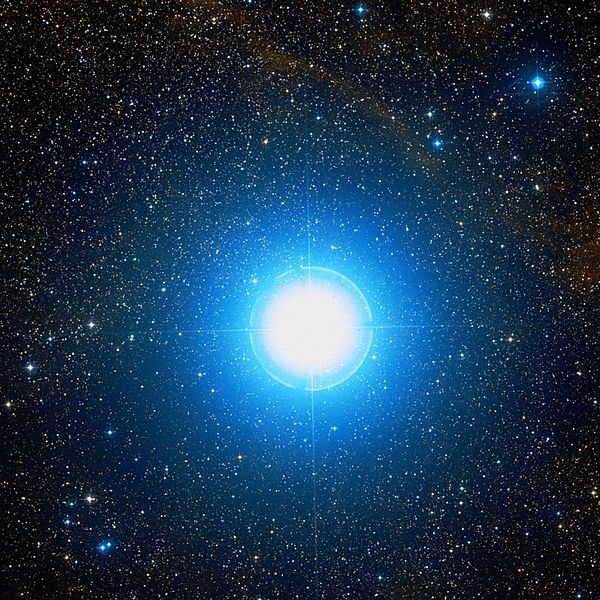
However, this star is the farthest star of these asterisms, located at around 2,615 light-years away. Deneb is between 55,000 to 196,000 times brighter than our Sun, and as such, if it were as close as Vega to us, it would be over 40 times brighter than Vega is today, casting shadows even in broad daylight upon Earth.
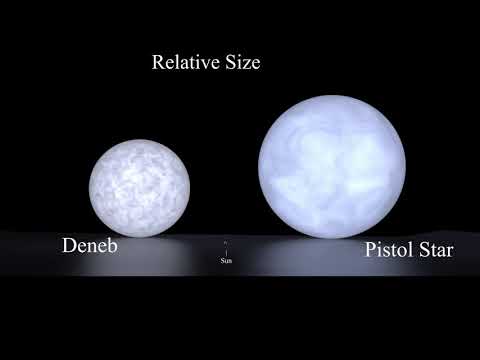
Deneb has around 190% of our Sun’s mass, and 2030% of its radius, being almost twice as hot. Due to Earth’s axial precession, Deneb will become the northern star around the year 9,800 A.D.
Albireo
Albireo, designated as Beta Cygni, is the fifth brightest star in Cygnus, and the faintest star in the Northern Cross asterism. It is located at around 430 light-years away from us, having an apparent magnitude of 3.18.
Albireo is a binary star system, comprised out of a bright yellow-giant star, and a blue-white main-sequence star. The primary star is designate as Albireo Aa.
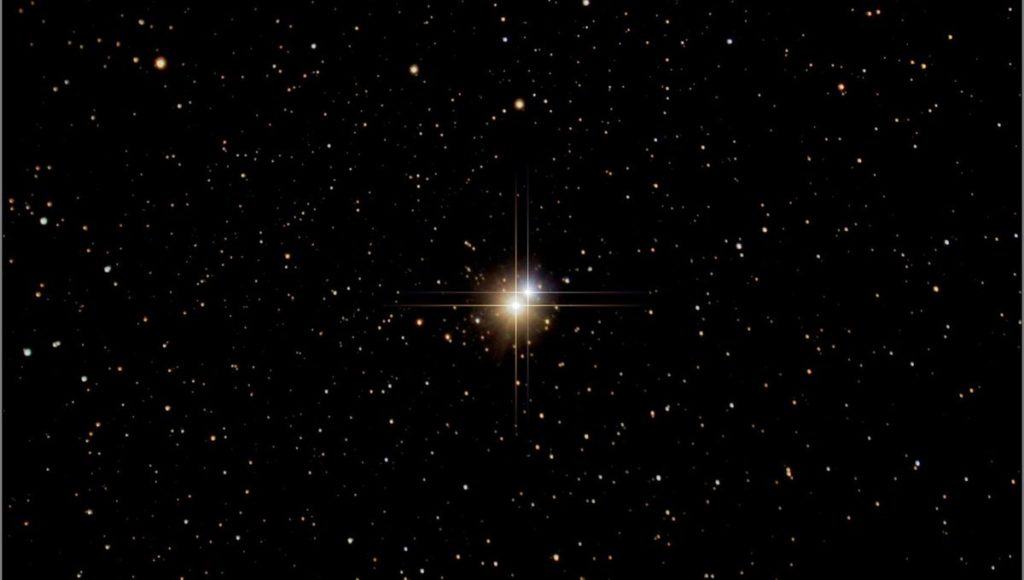
Albireo Aa has around 1,452% of our Sun’s mass, 6,900% of its radius, and it is 1,200 times brighter than our Sun, yet cooler, with temperatures of around 4,270 K.
The secondary star, Albireo B, has around 370% of our Sun’s mass, 259% of its radius, and it is 230 times brighter than our Sun. This star is hotter than our Sun, having temperatures of around 13,200 K. It is surrounded by a circumstellar disk of dust due to its mass loss rate, influenced by its fast rotational velocity of 250 km / 155 mi.
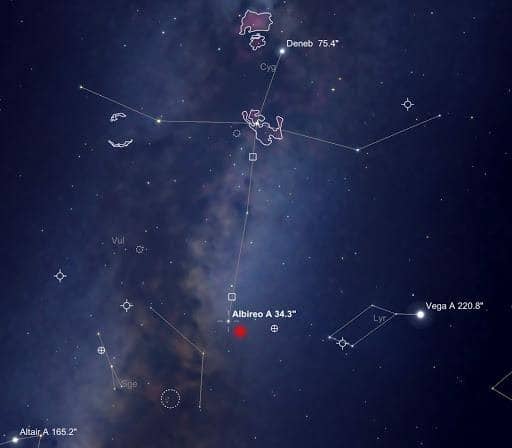
Aljanah
Aljanah, designated as Epsilon Cygni, is a multiple star system located at around 72.7 light-years away from us. It is the third brightest star in the Northern Cross asterism, having an apparent magnitude of 2.480.
The primary star in this system is a K-type giant star that has around 200% of our Sun’s mass, 1,082% of its radius, and it is 62 times brighter than our Sun.
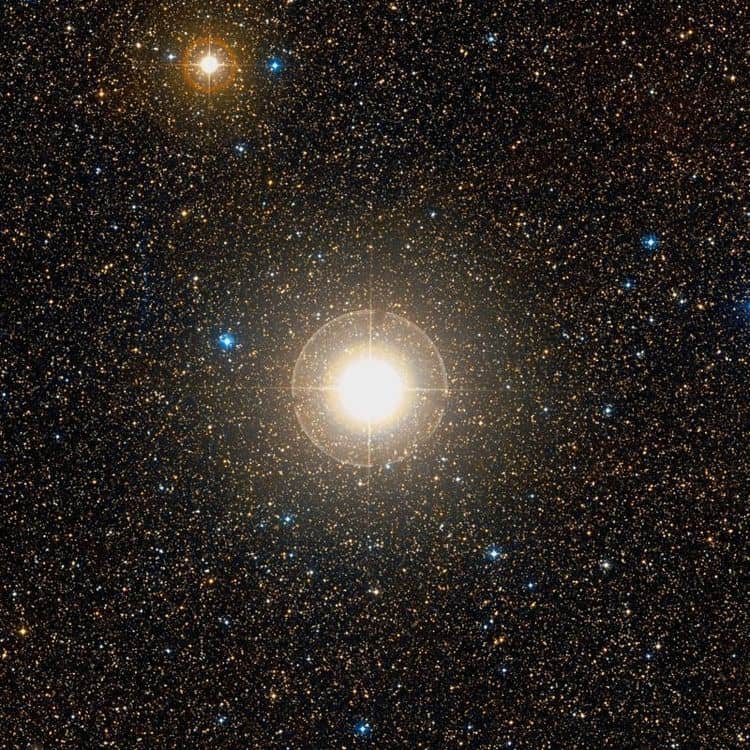
This star lies about three degrees north of the veil nebula, which is an ancient supernova remnant. Aljanah is the easternmost star of the Northern Cross asterism.
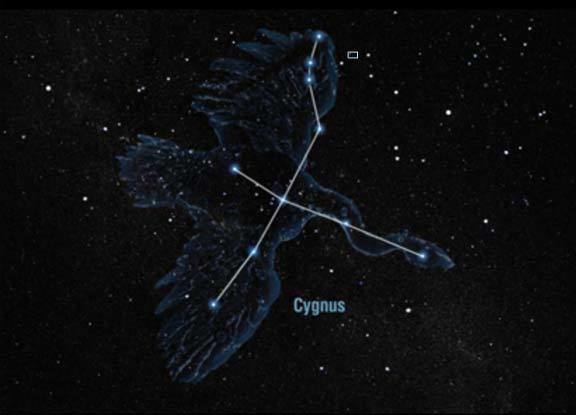
Delta Cygni
Delta Cygni, also known as Fawaris, is a binary star system in Cygnus, located at around 165 light-years away from us. It has an apparent magnitude of 2.87, being the second-faintest star of the Northern Cross asterism.
Delta Cygni is the westernmost star of the Northern Cross. The primary star in this system is a blue-white giant star that is nearing the end of its main-sequence life stage.
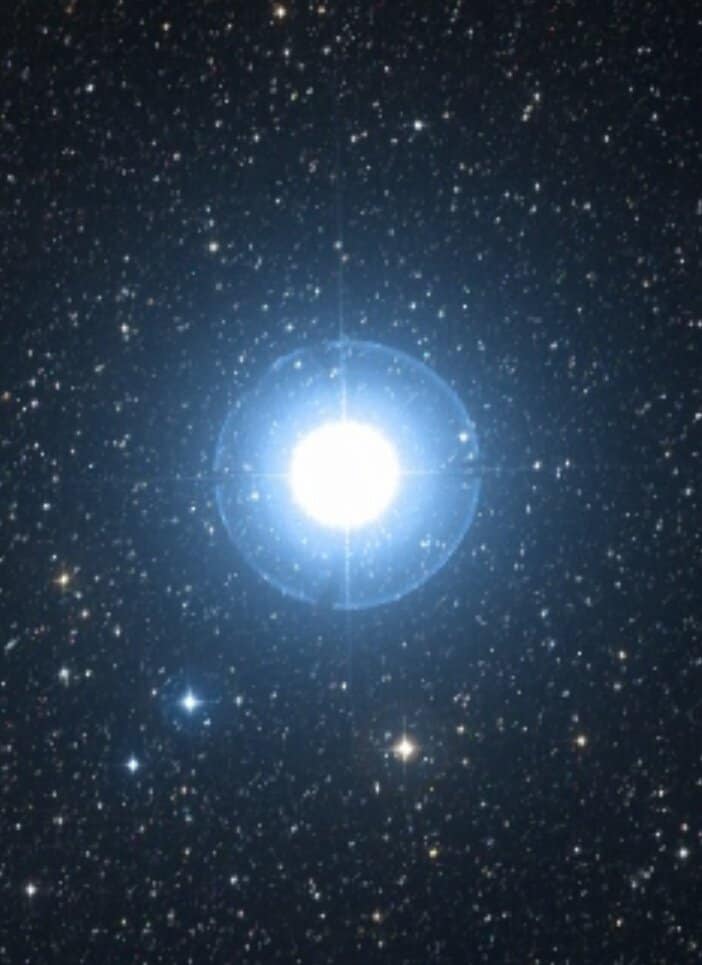
Delta Cygni has around 293% of our Sun’s mass, 513% of its radius, and it is 155 times brighter than our Sun. This star is also almost twice as hot, with temperatures of around 10,150 K, and it is also a fast-spinning star, having a rotational velocity of 135 km / 83.8 mi per second.
Delta Cygni is one of the stars that from time to time serves as our North Star – which is the nearest bright star to the north celestial pole. Delta Cygni will become our North Star in the years 11,250, and it will remain so for many centuries.
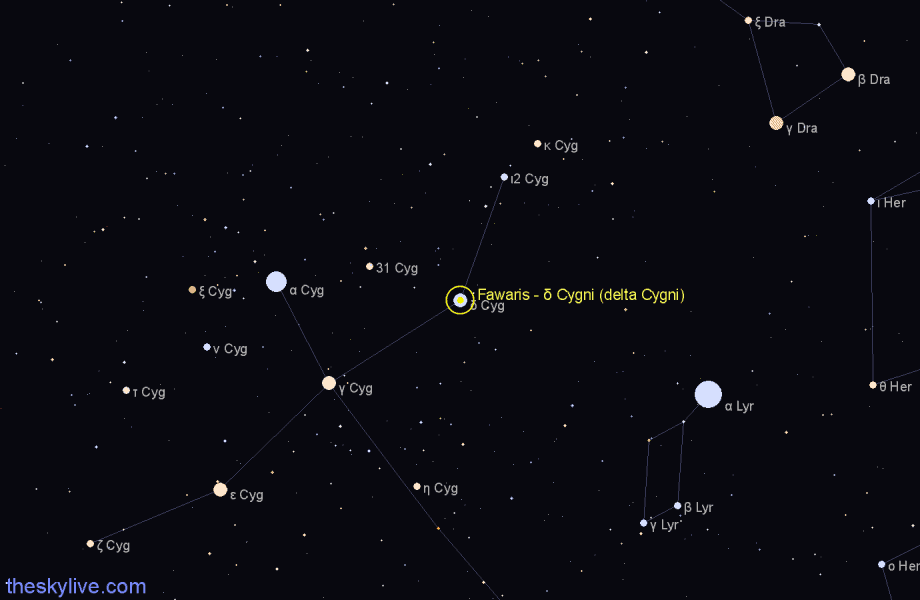
Sadr
Sadr, designated as Gamma Cygni, is the second brightest star of the Northern Cross asterism, having an apparent magnitude of 2.23. It is located at around 1,800 light-years away.
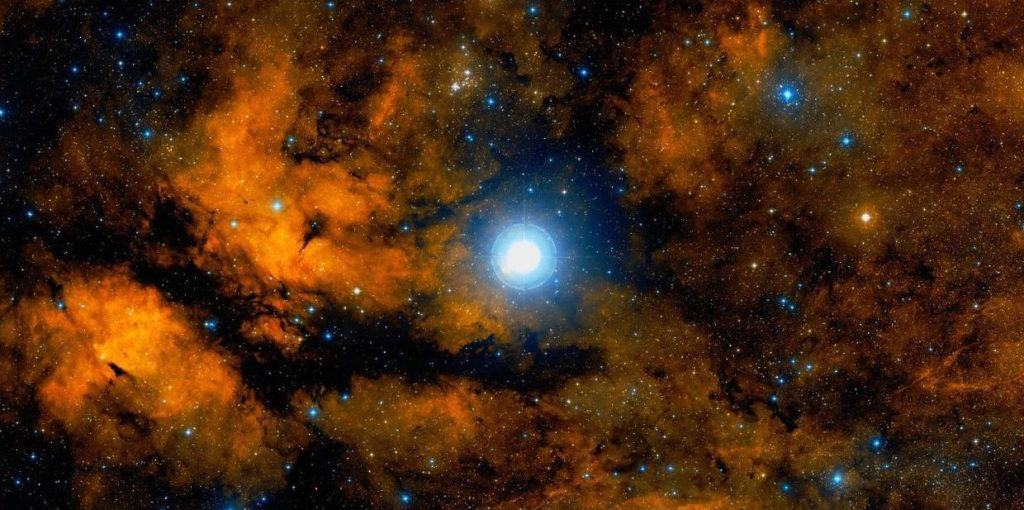
Sadr is a supergiant star that is 33,023 times brighter than our Sun, though it is a very young star, being only 12 million years old. Sadr has around 1,211% of our Sun’s mass, 15,000% of its radius, and it’s temperatures are similar to our Sun. Sadr is the central star of the Northern Cross. This star is surrounded by a diffuse nebula designated as IC 1318.
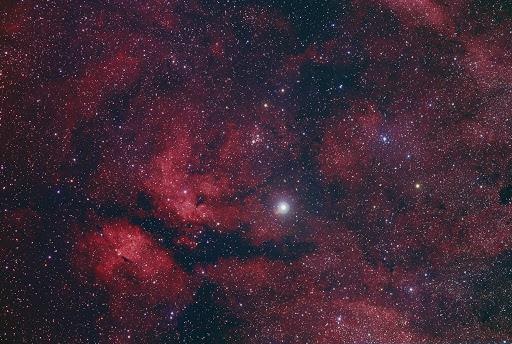
Deep-sky Objects
The Northern Cross asterism, along with its stars, can be used as a guide in finding several interesting deep-sky objects. The North America Nebula lies just to the northeast of Deneb.
The open cluster Messier 39 can be found to the north of the star, while another cluster, Messier 29, can be seen with binocular to the south of Sadr.
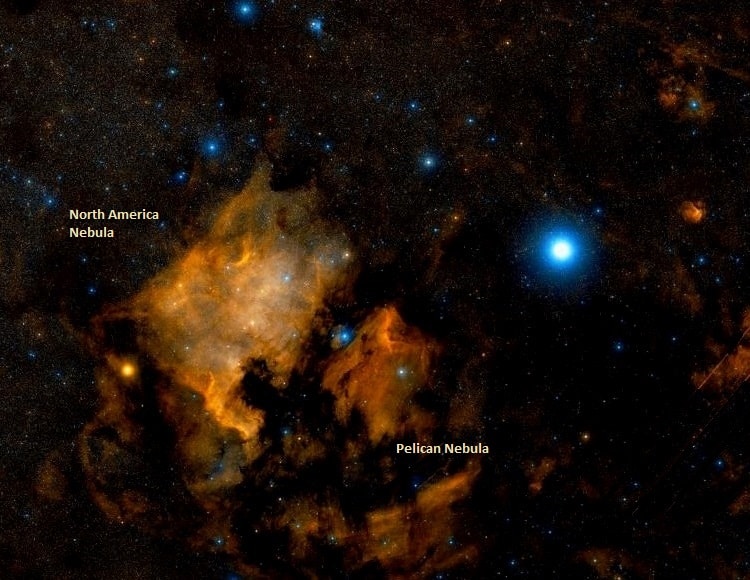
The Veil Nebula lies near Aljanah, while Cygnus X-1, a famous black hole, is situated about halfway along the Swan’s neck.
Did you know?
- In Chinese and Japanese mythology, the stars between Deneb and Albireo are two separated lovers, represented by the bright stars Altair and Vega, who are allowed to meet only once a year.
- The Northern Cross has a symbolic meaning to Christians since every year before Christmas it sits upright on the horizon in the north-western sky for observers in the northern latitudes.
- The constellation of Cygnus is best viewed during the month of June.
- Out of the 58 stars selected for navigation, Deneb is the only one selected from Cygnus.
Sources:
Image Sources:
- https://2.bp.blogspot.com/-RlXXo7SMC1g/UfVDguNV54I/AAAAAAAADlw/6nhC5x_NT8I/s1600/northerncross_labels.jpg
- https://earthsky.org/upl/2020/07/northern-cross-november-bob-king.jpg
- https://earthsky.org/upl/2014/06/Cygnus-Northern-Cross-Summer-Triangle.jpg
- https://nineplanets.org/wp-content/uploads/2020/01/Deneb.jpg
- https://i.ytimg.com/vi/OBPC6X4IhoY/maxresdefault.jpg
- https://www.syfy.com/sites/syfy/files/styles/1200×680/public/tomwildoner_albireo_1.jpg
- https://lh3.googleusercontent.com/proxy/Qd1NAVoloyB48lGtpdA-sGFtu9OO1RNyE1XgIS_AYUEXvW1-ZhLHS8zzcmzMZjzzpF5M23md185J_F0QBITM25IORfEos_hWLA
- https://alchetron.com/cdn/epsilon-cygni-e49b8b53-46be-42ce-93aa-92ae2803040-resize-750.jpg
- https://alchetron.com/cdn/cygnus-constellation-61e77a62-10fb-4668-88be-ce10836254d-resize-750.jpeg
- https://pbs.twimg.com/media/DHDz74oVoAEis7i.jpg
- https://theskylive.com/sky/stars/finder-charts/fawaris-delta-cygni-finder-chart.png?c=1586718522
- https://www.star-facts.com/wp-content/uploads/2019/10/Sadr.jpg?189db0&189db0
- https://lh3.googleusercontent.com/proxy/FksKU4MvtFo1Gs2DaFa285LtOZ0SFcvchzCe2v4Sz9650tsZnSmjC3gGlqbWGkXj8xhtDBG7hEbS464pxhVMYmKIaU2hUoMYXB-3CrqT
- https://www.star-facts.com/wp-content/uploads/2019/09/Deneb-North-America-Nebula-and-Pelican-Nebula.jpg?189db0&189db0
